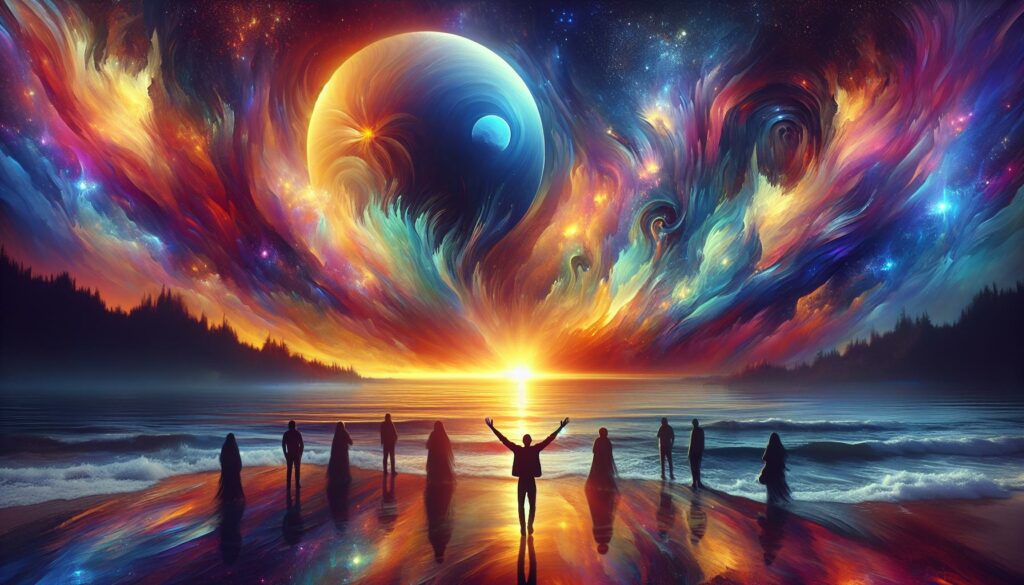I’ve always been fascinated by the timeless dance between the sun and the moon. Their celestial chase not only paints our skies with stunning visuals but also influences our lives in countless ways. From sunrise to moonrise, each moment offers a unique spectacle that has inspired myths and guided sailors for centuries.
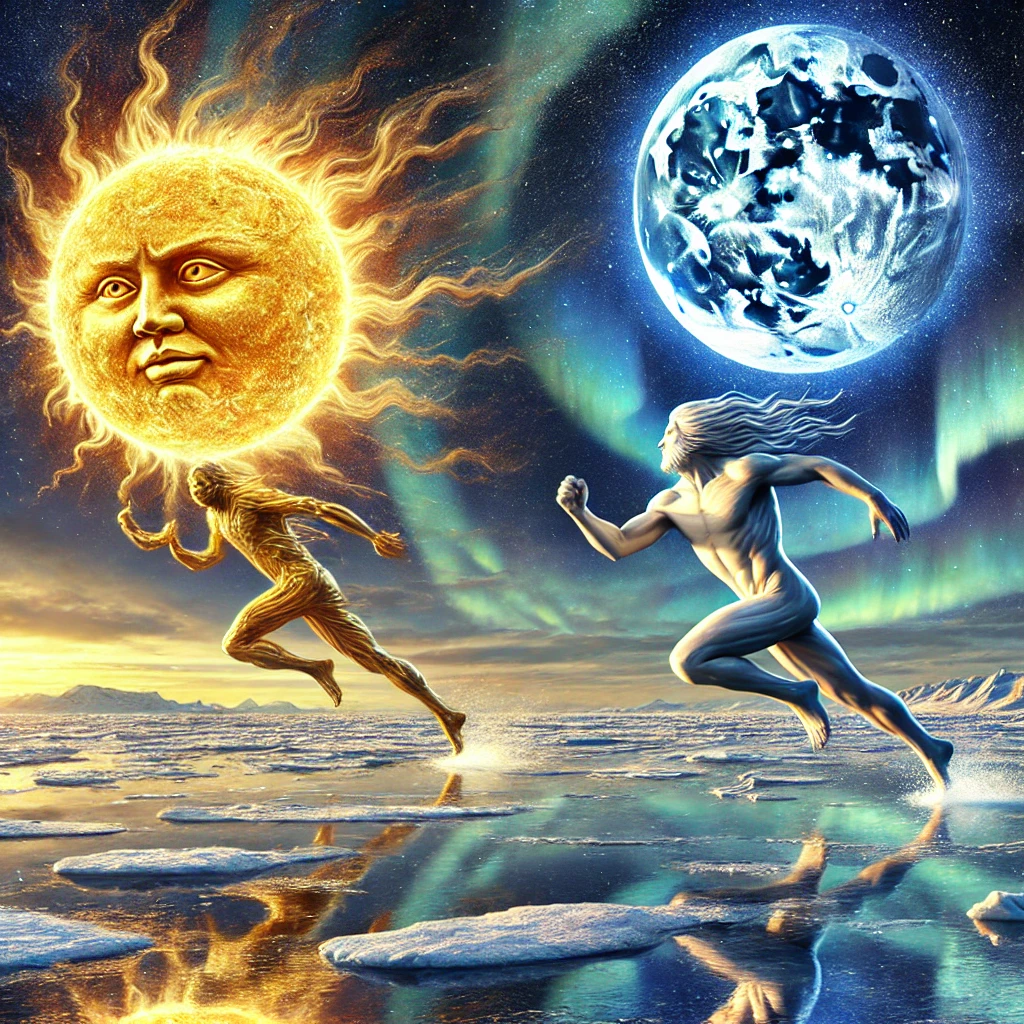
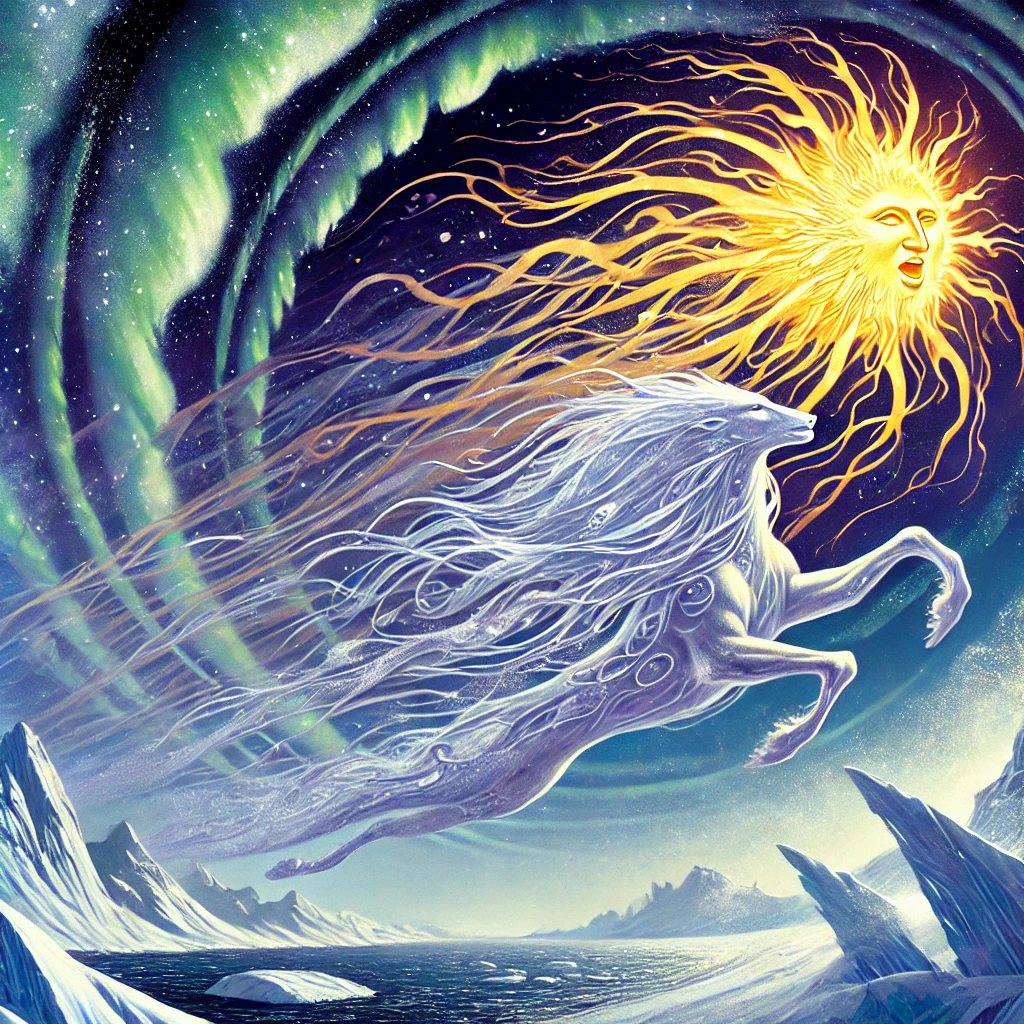
Exploring “The Sun and Moon Chase” uncovers the intricate movements and rhythms that govern these heavenly bodies. It’s amazing how their paths intertwine, creating eclipses and guiding the tides. Join me as we delve into the science and stories behind this everlasting pursuit, and discover why this cosmic ballet continues to captivate us all.
Overview of The Sun and Moon Chase
The Sun and Moon Chase illustrates the intricate dance between these celestial bodies. Their orbits create mesmerizing patterns visible from Earth. For example, solar eclipses occur when the Moon passes directly between the Sun and Earth, casting a shadow that darkens daytime skies. Conversely, lunar eclipses happen when Earth aligns between the Sun and Moon, causing the Moon to appear reddish.
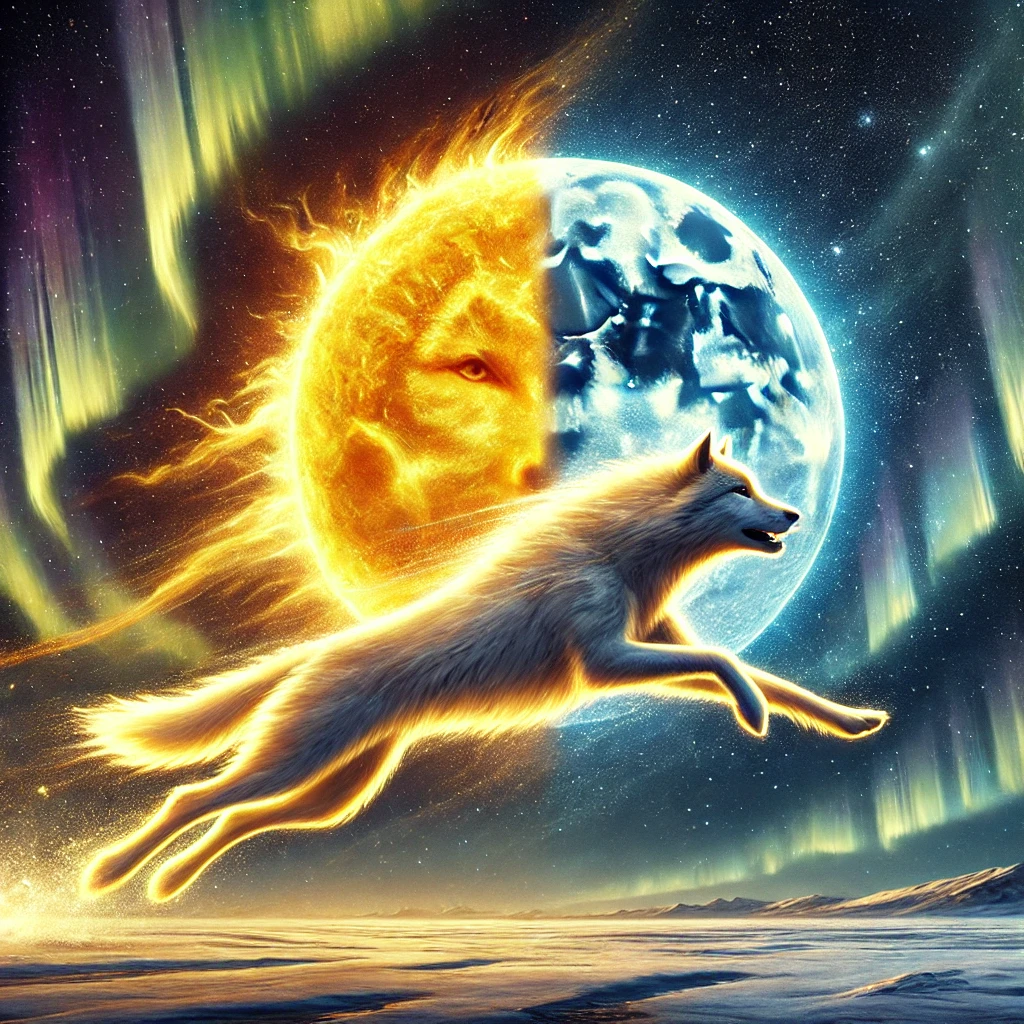
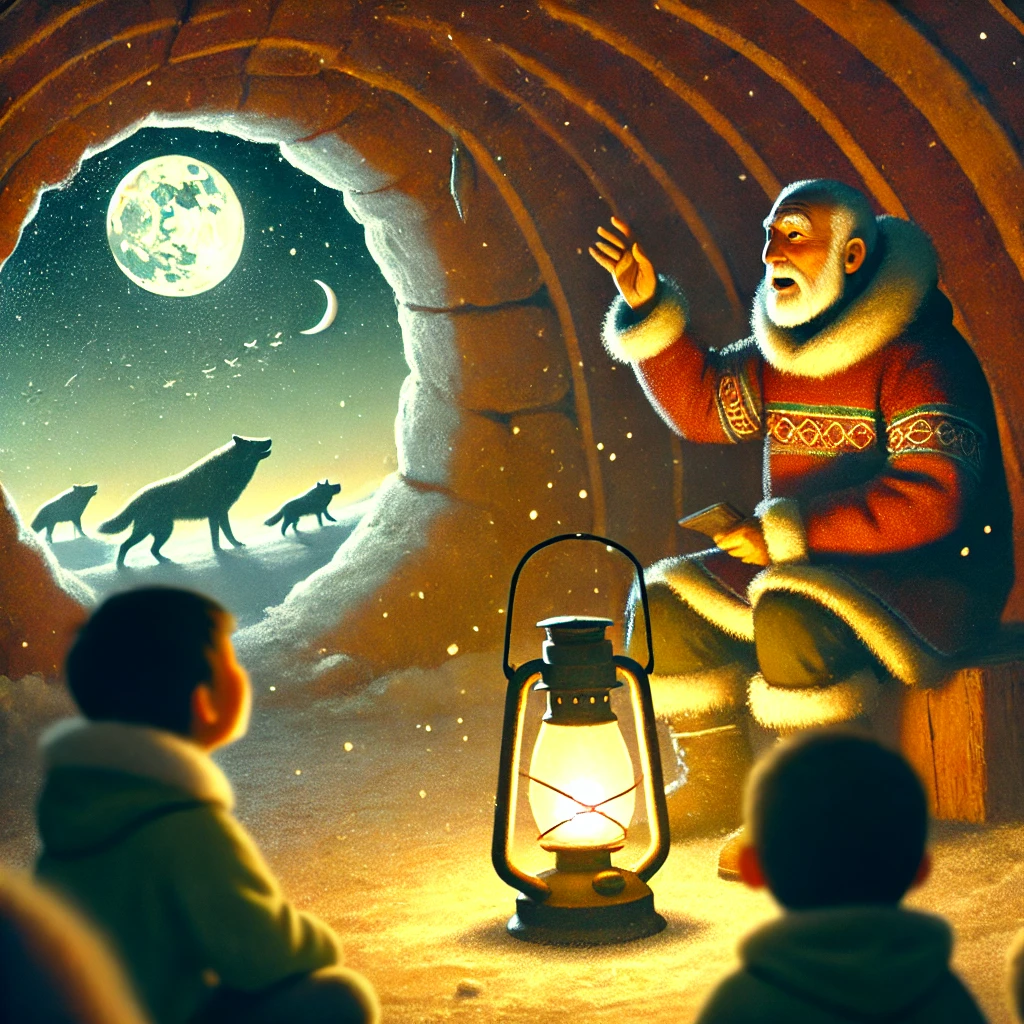
This alignment influences tidal movements; the Sun’s gravitational force combines with the Moon’s to create high and low tides, affecting coastal ecosystems. Additionally, the cycle of day and night results from their continuous pursuit across the sky, regulating life rhythms for countless species. Understanding this cosmic interaction provides insights into both astronomical phenomena and their impact on our planet.
Plot Summary
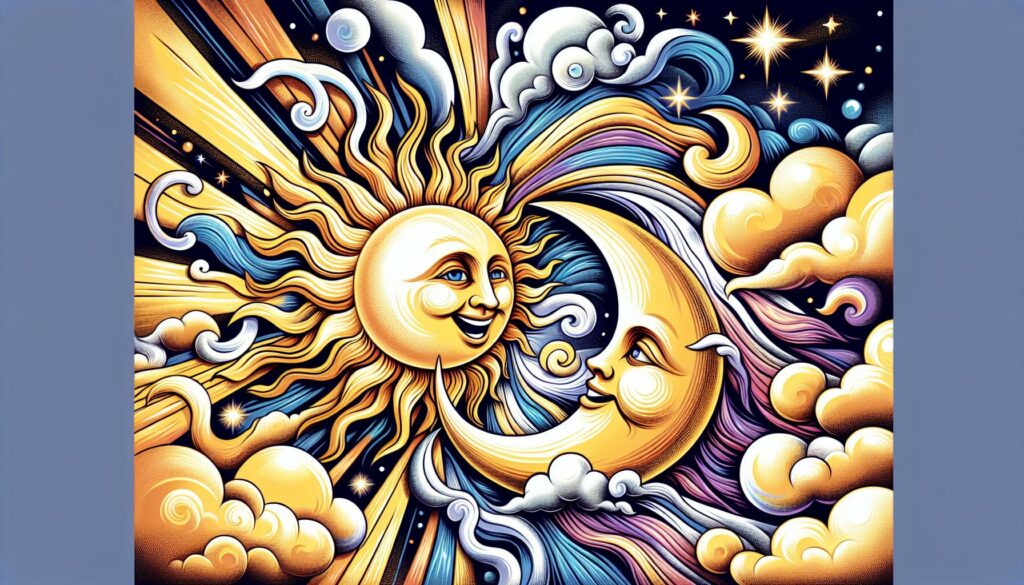
I find that the sun and moon chasing each other represent various natural cycles and cultural narratives. Their interactions are depicted differently, spanning scientific phenomena to imaginative storytelling.
Key Events
- Astronomical Movement: The sun and moon move across the sky in a continuous cycle, creating day and night patterns. This movement influences Earth’s climate and ecosystems.
- Literary Depictions: In the children’s book “The Sun Plays with the Moon,” the sun and moon engage in playful activities like tag and high-fives, portraying their relationship as friendly and dynamic.
Character Development
Since the sun and moon chase lacks a unified narrative, character development varies by context. Each depiction highlights specific traits, such as the sun’s brightness and the moon’s calmness, depending on the cultural or literary source.
Cinematography and Visuals
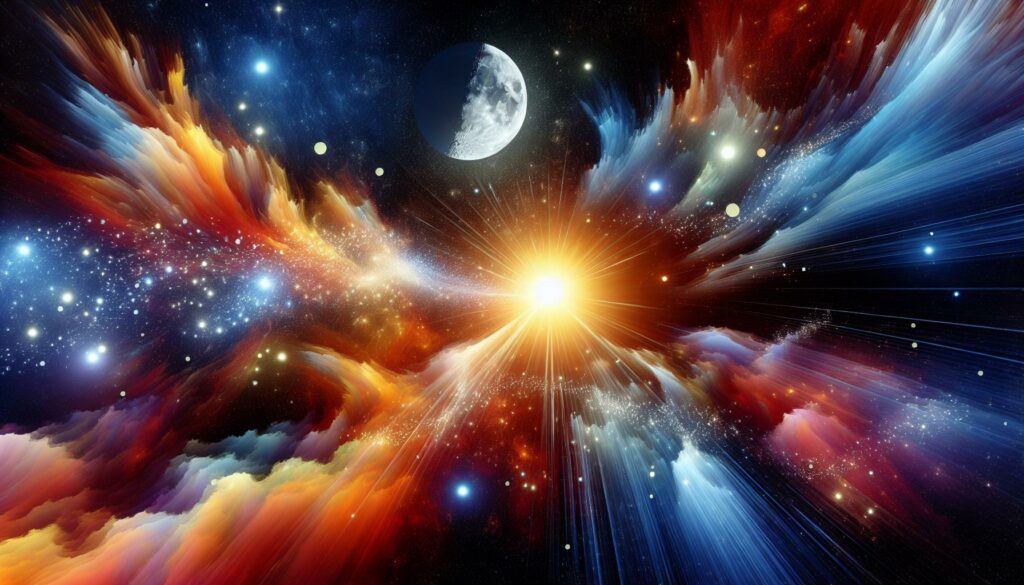
The Sun and Moon chase unfolds through vibrant cinematography and striking visuals, enhancing the narrative’s whimsical nature.
Direction
Direction creates a dynamic narrative by strategically positioning celestial bodies. If the chase appears realistic, the director uses smooth camera movements to follow their paths. However, playful portrayals employ exaggerated motions to emphasize character emotions.
Special Effects
Special effects heighten the chase’s visual impact, integrating radiant light and shadow. When the Sun obscures the Moon, digital techniques simulate an impending solar eclipse. Additionally, particle effects like shimmering stars add depth and enchantment to the starlit sky.
Themes and Symbolism
The sun and moon chase embodies profound themes across various cultures, reflecting natural cycles and human experiences.
Eternity and Cyclicity
In Norse mythology, the relentless pursuit by Skoll and Hati highlights the cyclical nature of time. This chase represents the ongoing struggle between celestial bodies, emphasizing the inevitability of fate and the passage of ages. The eventual capture of the sun and moon during Ragnarök signifies the end of one era and the dawn of another, underscoring themes of renewal and transformation.
Duality and Balance
Philippine mythology presents the sun and moon as a married couple, symbolizing duality and balance. Their chase illustrates the interplay between opposing forces—day and night, light and darkness. This dynamic relationship emphasizes the necessity of balance in maintaining cosmic harmony and the natural order.
Creation and Destruction
Both mythologies associate the chase with creation and destruction. The pursuit leads to significant celestial events, such as the formation of stars in Philippine tales and the prophesied end during Ragnarök in Norse lore. These narratives convey the idea that creation often arises from the tension between opposing forces, and destruction paves the way for new beginnings.
Human Emotion and Experience
The sun’s anger towards the moon in Philippine myths introduces human emotions into celestial narratives. This personalization of celestial bodies allows for a deeper connection between mythology and human experiences, illustrating how emotions like anger and pursuit can drive cosmic events.
Symbol of Time and Destiny
The eternal chase serves as a metaphor for time’s relentless progression and the unfolding of destiny. In Norse mythology, the inevitability of the wolves catching the sun and moon reflects the unstoppable march of time towards destiny. This symbolism reinforces the concept that certain outcomes are preordained, shaping the understanding of fate in cultural contexts.
Influence on Human Behavior
The sun and moon’s movements govern natural phenomena such as tides and seasons, influencing human activities and societal structures. By symbolizing these celestial interactions, myths convey the importance of aligning human behavior with natural cycles, promoting harmony between humanity and the environment.
Representation in Art and Literature
Artists and writers draw upon these themes to portray the sun and moon’s chase, using symbolism to convey deeper meanings. Visual representations often emphasize motion and pursuit, reinforcing the narratives of eternal struggle and balance. Literary works utilize these motifs to explore complex themes of destiny, emotion, and the natural order.
Connection to Cosmic Orders
The chase reflects the broader cosmic order, illustrating how individual celestial bodies contribute to the universe’s overall structure. This connection underscores the interdependence of cosmic elements, highlighting the intricate balance that maintains universal harmony.
By examining these themes and symbols, we gain a richer understanding of how the sun and moon’s chase transcends mere celestial movement, embedding itself deeply in the cultural and philosophical fabric of societies worldwide.
Performances
“FABLE: Tales from Another World” showcases “The Sun and Moon Chase” through an immersive performance at Theatre Off Jackson.
Lead Actors
No specific lead actors are listed, allowing the narrative to unfold through dynamic ensemble performances.
Supporting Cast
Details on the supporting cast are not provided, enhancing the focus on the cosmic love story and immersive elements.
Music and Soundtrack
Themes and Composition
The music in Pokémon Sun and Moon incorporates tropical and Hawaiian-inspired elements, mirroring the Alola region’s vibrant setting. This fusion creates an immersive atmosphere, enhancing the gameplay experience.
Specific themes, such as the “Battle Totem” theme, deliver intensity and unpredictability, reflecting the formidable nature of Totem Pokémon. This track blends styles from previous generations, resulting in a unique and epic battle soundtrack that stands out within the series.
Soundtrack Highlights
| Theme Name | Description | Inspiration |
|---|---|---|
| Battle Totem | Intense and unpredictable, mirroring Totem Pokémon’s power | Combines styles from previous generations |
| Alola Breeze | Light and breezy, capturing the tropical essence of the Alola region | Hawaiian musical elements |
| Night Safari | Mysterious and serene, evoking the calmness of Alola’s nightscapes | Ambient and orchestral sounds |
| Festival Parade | Upbeat and festive, celebrating Alola’s cultural festivities | Traditional Hawaiian celebrations |
Composer’s Influence
The soundtrack, composed by Shigeru OHMORI, integrates diverse musical styles to reflect the dynamic environment of Alola. Each track is carefully crafted to align with the game’s narrative and setting, ensuring a cohesive auditory experience.
Player Experience
Players consistently praise the soundtrack for its ability to enhance emotional engagement and immersion. The strategic use of thematic music during key moments amplifies the overall impact of the gameplay, making each encounter memorable.
Pacing and Structure
In “The Sun and Moon Chase,” the narrative unfolds through a well-defined structure that balances progression with engagement. The story progresses in distinct phases, each marked by significant celestial events and character developments.
Narrative Structure
The structure follows a cyclical pattern, mirroring the continuous pursuit of the sun and moon across the sky. Key elements include:
- Introduction of Celestial Characters: Establishes the personalities and motivations of the sun and moon.
- Rising Action: Depicts the challenges and obstacles that arise as the chase intensifies.
- Climax: Reaches a pivotal moment during an eclipse, symbolizing the peak of their pursuit.
- Resolution: Resolves the tension, often highlighting the balance and harmony between the two celestial bodies.
Pacing Techniques
The pacing maintains a steady rhythm, ensuring sustained interest and momentum. Techniques employed include:
- Alternating Fast and Slow Sequences: Fast-paced events occur during significant celestial moments, while slower segments allow for character introspection.
- Strategic Foreshadowing: Subtle hints prepare the audience for upcoming events, maintaining anticipation without overwhelming the narrative.
- Balanced Action and Reflection: Combines dynamic interactions with moments of calm, reflecting the natural ebb and flow of day and night.
Comparative Analysis: Pokémon Sun and Moon
Drawing parallels with the Pokémon Sun and Moon games, the pacing and structure similarly emphasize progression through distinct stages:
| Aspect | The Sun and Moon Chase | Pokémon Sun and Moon |
|---|---|---|
| Structure | Cyclical narrative with key celestial events | Journey through the Alola region with island challenges |
| Pacing | Alternates between high-intensity chases and reflective pauses | Divided into trials, battles, and league competitions |
| Character Development | Focuses on the evolving relationship between sun and moon | Develops through interactions with characters like Professor Kukui and Lillie |
| Climactic Moments | Peaks during eclipses and significant celestial alignments | Peaks with final battles against Team Skull and the Aether Foundation |
This comparative analysis highlights how both narratives utilize structured pacing to enhance storytelling, ensuring each phase contributes to the overall progression and engagement.
Integration of Key Elements
Both “The Sun and Moon Chase” and Pokémon Sun and Moon incorporate essential elements that reinforce their pacing and structure:
- Milestone Events: Significant celestial events or game milestones mark progression points.
- Character Interactions: Interactions with key characters drive the narrative forward and deepen the storyline.
- Dynamic Challenges: Varied challenges maintain interest and provide opportunities for character growth.
By meticulously balancing these elements, “The Sun and Moon Chase” achieves a coherent and compelling narrative flow, similar to successful storytelling mechanisms observed in established titles like Pokémon Sun and Moon.
Overall Impression
The interplay between the sun and the moon shapes both natural phenomena and cultural narratives. Scientifically, their orbits around a spherical Earth create predictable patterns, such as eclipses and tidal movements. Historical evidence from ancient Greek scholars like Aristotle and Eratosthenes supports the Earth’s roundness, contradicting Flat Earth theories that depict the sun and moon moving in a circular path above a flat surface.
Culturally, the sun and moon’s chase inspires diverse stories and artistic expressions. Mythologies worldwide portray their pursuit as a symbol of balance and eternal cycles. Artistic representations in literature and cinema enhance these narratives, using visual effects to depict celestial events realistically or whimsically. Additionally, performances like “FABLE: Tales from Another World” showcase the sun and moon’s relationship through dynamic ensemble acts, emphasizing their cosmic significance without relying on specific characters.
In popular media, video game soundtracks, such as those from Pokémon Sun and Moon, incorporate thematic elements that reflect the vibrancy and dynamism of the sun and moon’s interactions. Composers like Shigeru Ohmori use diverse musical styles to evoke the emotional and immersive aspects of these celestial movements, enhancing the overall storytelling experience.
The continuous pursuit of the sun and moon also influences environmental and societal structures. Tidal patterns governed by their gravitational forces affect coastal ecosystems, while the day-night cycle regulates biological rhythms across species. Understanding these interactions provides insights into both astronomical mechanics and their broader impact on life and culture.
Overall, the sun and moon’s chase transcends mere celestial motion, intertwining scientific principles with rich cultural and artistic expressions. This multifaceted relationship underscores the profound connection between the cosmos and human experience, reflecting themes of balance, eternity, and the natural order.
Key Takeaways
- Celestial Dynamics: The sun and moon’s continuous pursuit results in spectacular events like solar and lunar eclipses, influencing tides and the natural day-night cycle.
- Cultural Significance: Diverse mythologies portray the sun and moon chase as symbols of balance, duality, and eternal cycles, reflecting human experiences and cosmic harmony.
- Impact on Ecosystems: Their gravitational interactions govern tidal movements, shaping coastal ecosystems and regulating biological rhythms across various species.
- Artistic Inspiration: The enduring chase inspires literature, performances, and visual arts, offering rich narratives and stunning visuals that capture the imagination.
- Scientific Insights: Understanding the orbits and movements of the sun and moon provides valuable knowledge about astronomical phenomena and their effects on Earth.
- Symbolism and Themes: Themes of eternity, cyclicity, and the interplay of opposing forces are central to interpreting the sun and moon’s relationship in both scientific and cultural contexts.
Conclusion
Witnessing the eternal dance between the sun and moon offers more than just breathtaking views. It’s a reminder of the delicate balance that sustains our world and influences our daily lives. Exploring their celestial choreography has deepened my appreciation for the intricate connections between astronomy, culture, and nature. As I continue to observe their pursuit across the sky, I’m inspired by the timeless stories and scientific marvels that this cosmic relationship embodies. Embracing the sun and moon’s chase enriches our understanding of the universe and our place within it, highlighting the harmony and cycles that define both the heavens and our existence.
Frequently Asked Questions
What is the relationship between the sun and the moon?
The sun and the moon engage in an eternal cosmic dance, where their celestial movements create stunning visuals like eclipses and influence various natural phenomena. Their orbits produce mesmerizing patterns visible from Earth, and their gravitational forces affect tidal movements. This continuous pursuit also regulates day and night cycles, impacting life rhythms for countless species.
How do solar and lunar eclipses occur?
Solar eclipses happen when the moon passes between the sun and Earth, casting a shadow and temporarily darkening the sky. Lunar eclipses occur when Earth comes between the sun and the moon, causing the moon to appear reddish due to Earth’s shadow. These phenomena showcase the intricate alignment of the sun and moon and are key highlights of their celestial interactions.
How do the sun and moon influence tidal patterns?
The gravitational pull of both the sun and the moon affects Earth’s oceans, creating high and low tides. The combined forces determine the strength and frequency of tidal movements, which are essential for coastal ecosystems. This interplay between the sun and moon ensures the regular ebb and flow of tides, shaping marine life and shoreline environments.
How are the sun and moon portrayed in different cultures?
Various cultures depict the sun and moon through rich symbolism and mythology. For example, Norse mythology views their chase as a representation of time’s passage and fate’s inevitability, while Philippine myths emphasize the balance between opposing forces. These portrayals reflect deep cultural narratives about harmony, eternity, and the natural order.
What is “The Sun Plays with the Moon” about?
“The Sun Plays with the Moon” is a children’s book that portrays the sun and moon as playful and dynamic characters. It illustrates their relationship as a lively chase across the sky, highlighting their contrasting qualities— the sun as bright and vibrant, and the moon as calm and serene. This narrative fosters a whimsical understanding of celestial movements.
How does cinematography depict the sun and moon’s chase?
Cinematography captures the sun and moon’s chase through dynamic camera movements and strategic positioning. Realistic depictions use smooth transitions to mimic natural motion, while playful portrayals feature exaggerated movements. Special effects like radiant light for solar eclipses and shimmering stars add depth, enhancing the visual storytelling of their celestial dance.
What is the significance of “FABLE: Tales from Another World”?
“FABLE: Tales from Another World” features “The Sun and Moon Chase,” an immersive performance at Theatre Off Jackson. The production focuses on the cosmic love story through dynamic ensemble performances, emphasizing the celestial narrative without specific lead actors. This approach enhances the audience’s connection to the eternal pursuit of the sun and moon.
How does the Pokémon Sun and Moon soundtrack enhance gameplay?
The Pokémon Sun and Moon soundtrack, composed by Shigeru Ohmori, incorporates tropical and Hawaiian-inspired elements reflecting the vibrant Alola region. Themes like “Battle Totem” provide intensity and unpredictability, mirroring the challenges of Totem Pokémon. The diverse musical styles create an immersive atmosphere, enhancing emotional engagement and the overall gaming experience.
How does “The Sun and Moon Chase” compare to Pokémon Sun and Moon in storytelling?
Both “The Sun and Moon Chase” and Pokémon Sun and Moon utilize cyclical narrative structures and balanced pacing to engage audiences. They feature milestone events, character interactions, and dynamic challenges that enhance storytelling. This similarity ensures a coherent and compelling narrative flow, making both works resonate effectively with their respective audiences.
How do the movements of the sun and moon affect human behaviour and society?
The sun and moon’s celestial movements regulate natural cycles like day and night and tidal patterns, which in turn influence human behaviour and societal structures. These cycles shape daily routines, agricultural practices, and cultural rituals. Understanding their impact helps societies adapt to natural rhythms and integrate celestial symbolism into cultural narratives.
Author

Josh Morley holds a Bachelor’s degree in Theology from the Trinity School of Theology and a Diploma in Theology from the Bible College of Wales. His academic journey involved interfaith community projects and supporting international students, experiences that shaped his leadership and reflective skills. Now based in Liverpool, Josh is also the founder of Marketing the Change, a digital agency specializing in web design and marketing.
View all posts

